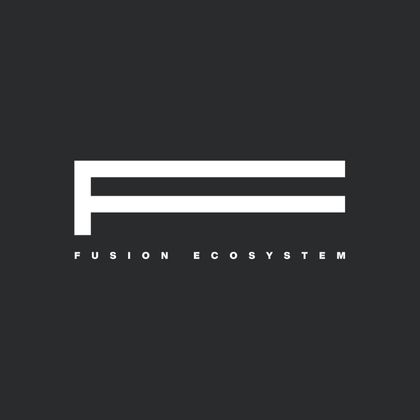Growth through innovation – BLOOM 2025 highlights
From our blog / Article
This spring, Reaktor and our ecosystem companies Codemate, Adventure Club, Growberry, Allies & Mallow welcomed back decision-makers, digital leaders, and ambitious builders for the second edition of BLOOM. An event designed to cut through the noise and focus on what truly drives meaningful growth among all the uncertainty.
If last year was about the rise of generative AI, this year was about what comes next: how to turn possibility into performance, ideas into action, and tech into trust. At the core of every session was a shared question: how do we thrive when predictability is no longer part of the plan?
Author
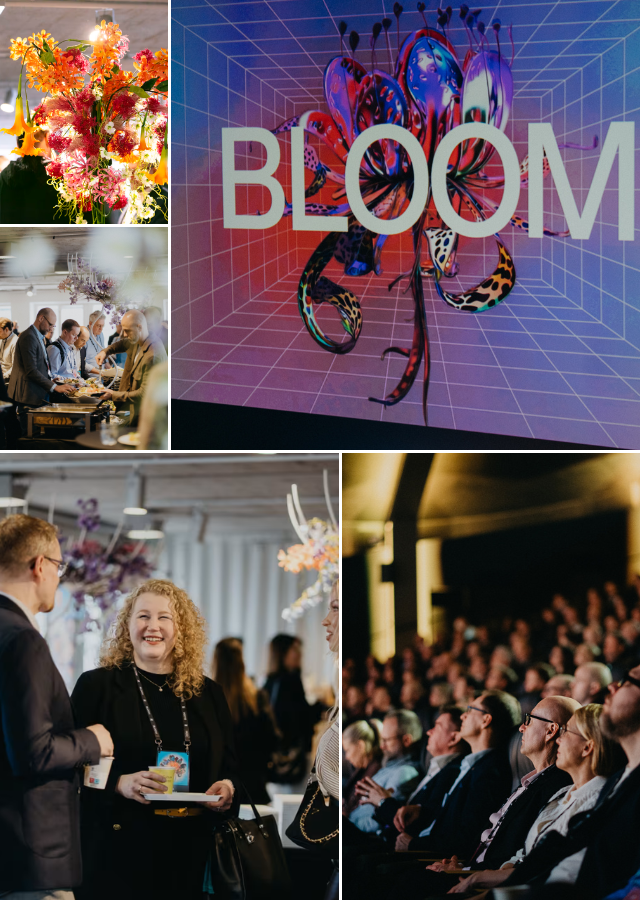
1. Growth doesn’t happen in isolation, it’s co-created
Lasse Nordlund, CCO at Reaktor, opened the event with a powerful message: real growth doesn’t happen in isolation. That captures the heart behind BLOOM 2025. An event, where over 200 leaders get together to shape the future together.
Last year, we explored how AI is transforming industries. The key takeaway? The technology is already here, and many are seeing results. Yet, the real unlock is in people and culture: openness, experimentation, and bringing diverse skills together.
This year, we looked beyond just AI, focusing instead on resilient, future-facing growth. In a time defined by geopolitical tensions, economic uncertainty, and rapid change, growth is built through collaboration, courage, and the willingness to challenge everything – even the things that made us successful in the past.
At BLOOM we highlighted these three principles as an avenue for sustainable growth:
- Urgency to act, even in the face of uncertainty
- A challenger mindset, because what made us successful yesterday might not work tomorrow
- Resilience and the fortitude to keep going when it’s challenging
Growth today isn’t easy. It takes clarity, energy, and courage. Above all, it requires the ability to rethink, rebuild, and turn disruption into opportunity.
BLOOM attendees were encouraged to rethink how they lead, build, and partner. The future, after all, isn’t created by one company or one industry – it’s co-created. So, what does growth look like for you this year?
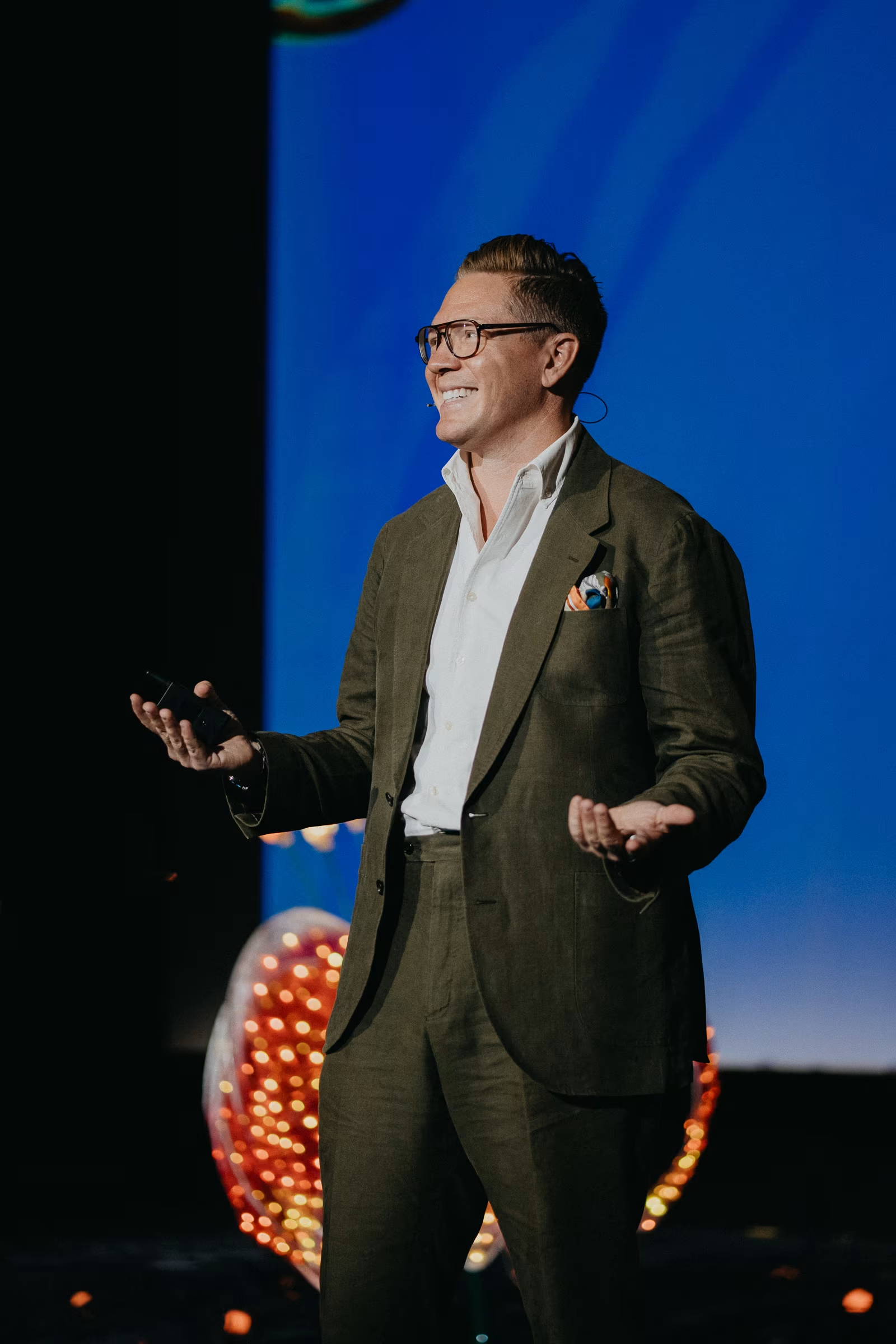
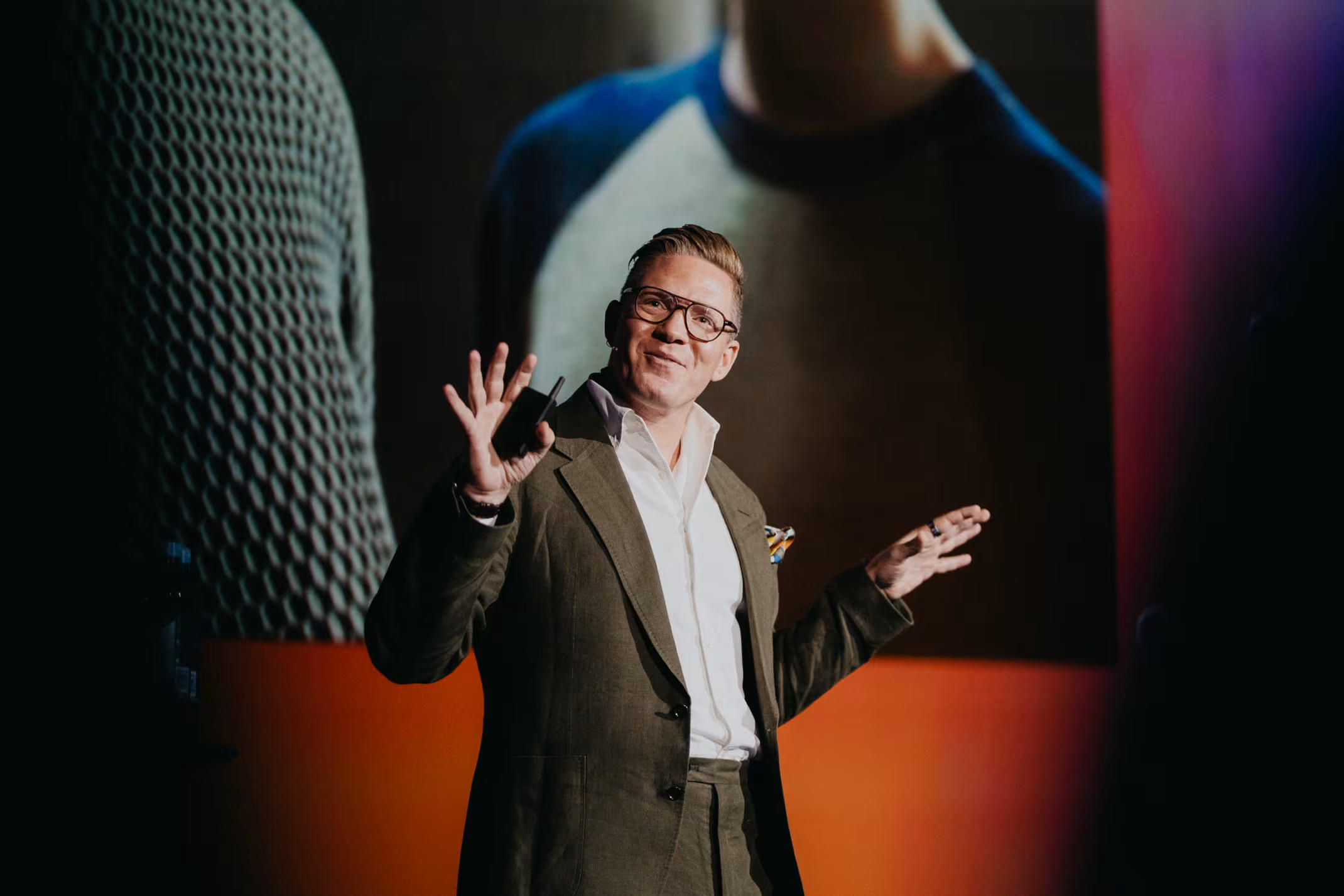
2. We need to become better science fiction writers
Global Futurist and Innovation Strategist Anders Sörman-Nilsson opened his speech at BLOOM with a quote by the beloved Tove Jansson: “All things are so very uncertain, and that’s exactly what makes me feel reassured.”
Anders invited the audience into what he called the Second Renaissance, a moment in time when technology and humanity are converging in ways once reserved for science fiction.
This means taking the robot out of the human, so that we can do more of what’s meaningful. He challenged the audience to use technology like AI to help create more humane and smoother experiences.
As an example, Anders showed how Heidi Health is using AI to re-establish eye contact at doctor’s appointments. Similarly, the Headspace app helps people calm down, and Anders encouraged leaders to set that as a benchmark for all digital experiences. Are your customer journeys as soothing as Headspace?
Anders had one call to action for the attendees: “We need to become better science fiction and tell better stories about the future.” And your role as a leader is to build trust.
Trust is what allows us to take the Tove Jansson mentality to change, even in a world where science fiction is quickly becoming science fact.
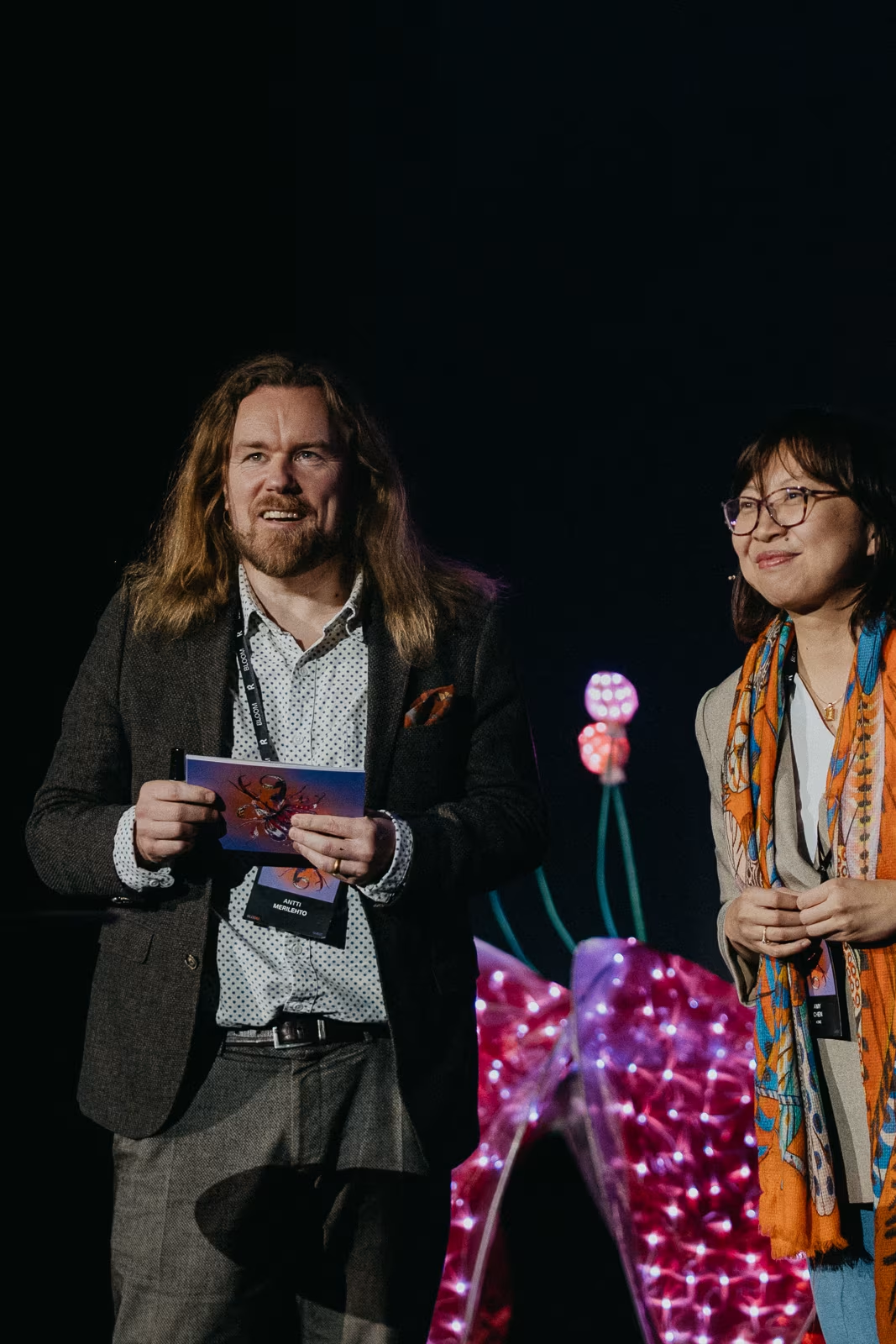
3. Turning ideas into business starts with the human
Amy Chen, Chief Innovation Officer at KONE, shared what it’s like to lead innovations at a global scale. Beyond elevators, innovations at KONE are about systems thinking, human-centered design, and turning powerful ideas into business impact.
KONE’s approach takes into account the customer, technology, and business. These three forces must be considered simultaneously, not in silos. And it always begins with human pain points: understanding not just who builds or operates elevators, but those who buy them and rely on them daily.
One standout example from Amy’s team is optimizing energy efficiency. Elevators sit at the intersection of building operations, but can also inform how energy is used. By leveraging elevator usage data, KONE now helps buildings optimize heating, ventilation, and air conditioning systems, reducing unnecessary energy consumption.
Amy also shared how generative AI is transforming internal operations. A new AI assistant, built for KONE technicians, received immediate validation. “It feels like I developed the tool myself,” one technician said. That kind of feedback signals a deep alignment between human need and technical design.
Crowdsourcing plays a role too. With 33% of elevators globally in need of modernization, KONE launched a gamified data collection experience to help prioritize upgrades. The result was a more responsive, scalable modernization strategy rooted in community input.
Still, Amy emphasized that ideas aren’t the hard part. It’s turning them into businesses.

4. The tried and true recipe for digital leaders
Sebastian Nyström, Chief Transformation Officer at SOK, doesn’t sugarcoat it: digital transformation is hard, messy, and deeply human.
At BLOOM, he delivered a refreshingly practical blueprint for how traditional companies can become digital leaders, without the buzzwords, and without losing sight of what really matters: the customer.
Transformation only happens if you believe in the opportunity. Without that mindset, it doesn’t matter how much tech you buy. Customers are always looking for faster, cheaper, better, and greener services. If you’re not meeting those expectations, they’ll go elsewhere. The companies that outperform are the ones that relentlessly seek to understand what people actually want, and design everything around that.
Sebastian outlined four key principles that have guided SOK’s digital transformation:
1. You can’t buy a transformation: Partnerships are helpful, but there must be internal buy-in. At SOK, they hired externally and retrained internally, shifting mindsets along the way.
2. Start small, dream big: Transformation doesn’t begin with big bang projects. You start with one meaningful win and scale it. But you have to want scale from the beginning.
3. Ideas are cheap. Execution is everything: Ideas are easy, and most are bad. What matters is turning the right ones into action. That takes creators, doers, and a tolerance for constant trade-offs.
4. Tech is a competitive advantage, if you build it: No one cares about your internal processes. They care about better outcomes. If you can use technology to deliver them, you win.
SOK now has 800 people working with technology and has launched several leading digital services. But it didn’t happen by accident. It happened through clear direction, proper funding, and the right people.
Sebastian closed with a quote from Stanford’s Professor William Barnett: “The job of a digital leader is not to predict the future, but to create systems to build it.” That means building systems that can iterate, adapt, and stay close to evolving customer needs.
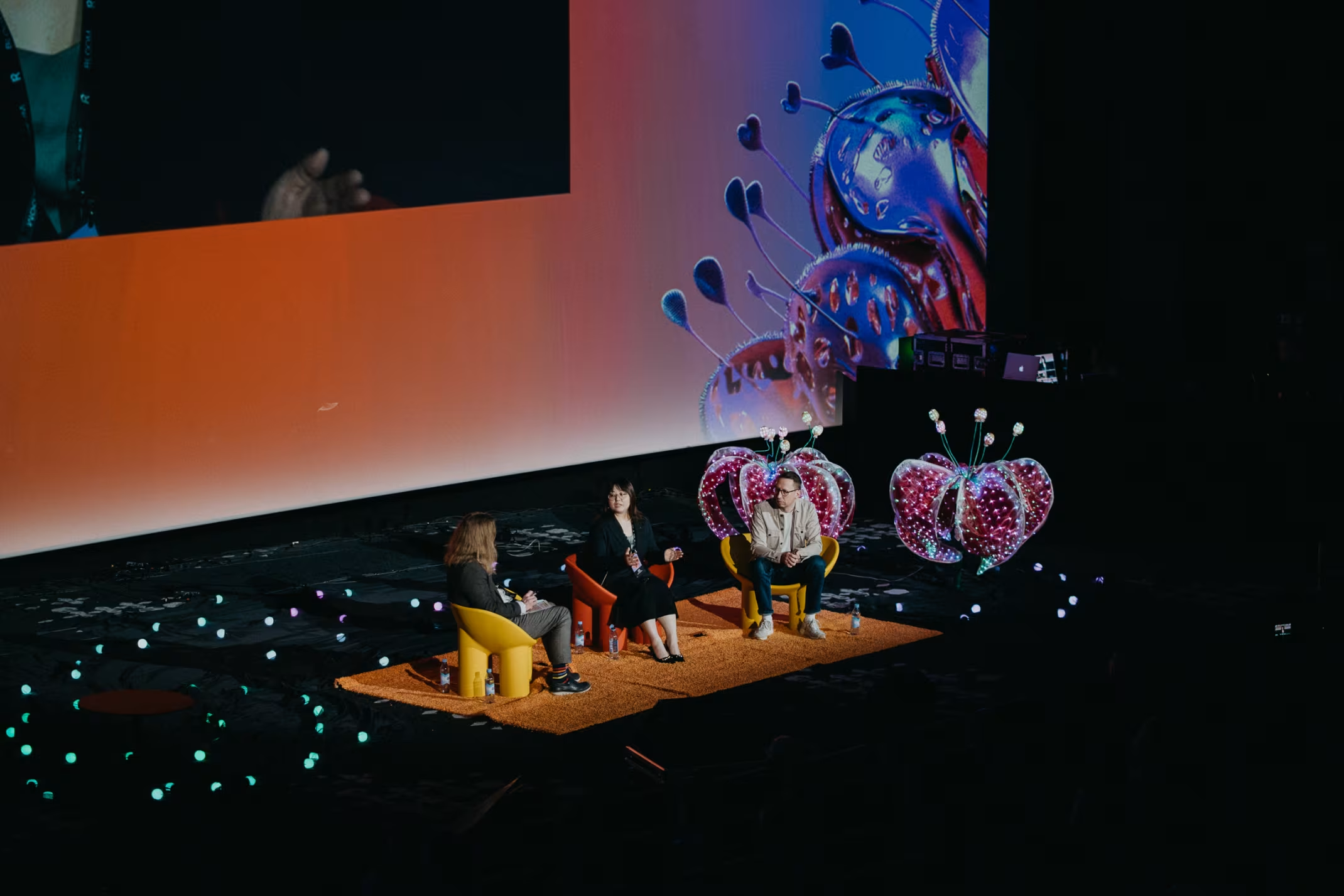

5. Customer experience across industries
At BLOOM, we brought together Mavis Keung of Cathay Pacific and Fabio Baum of Zalando, offering a rare cross-industry look at what it means to be customer-centric in today’s competitive landscape. Though one represents air travel and the other fashion ecommerce, both leaders agreed: digital success starts and ends with a deep understanding of human needs.
For Cathay Pacific, that means designing experiences that are seamless, calm, and deeply human, even in a digital world. Their goal is making the passenger journey “uneventful, in the best way possible.” Digital tools are embraced not for their novelty, but for their ability to reduce friction and enable the kind of hospitality that makes people feel seen and cared for.
The transformation involved moving from a traditional product team to a dedicated customer experience design team, working closely with internal insights and partners to understand pain points and fix the basics before building anything new. Feedback loops, customer interviews, and iterative improvements are at the heart of their process.
In contrast, Zalando leans into inspiration and engagement, recognizing that the ecommerce world is a battlefield for attention. Fabio explained that while the industry has long measured success by conversions, Zalando is shifting toward metrics that reflect how people interact with brands: saving items, liking products, and following creators. These behaviors, often dismissed as secondary, are now seen as powerful indicators of long-term loyalty and relevance.
With over 3,000 tech and experience experts, Zalando is pushing boundaries by embedding AI into their platform, like a GPT-powered assistant that helps users navigate fashion far more intuitively than endless filters ever could.
Both speakers acknowledged that competition no longer comes from within your industry. A shopper expects the same intuitive experience as in a premium airline app, and travelers expect the same personalization and ease of experience as in ecommerce. Benchmark is set by whoever delivers the most frictionless, emotionally intelligent digital experience, regardless of category.
When it comes to success, Cathay always has an eye on how to move from “better” to “best.” For Zalando, customer lifetime value and engagement have become their North Stars. Yet both agree that no matter how smart the technology evolves, the work begins with a simple but complex question: Why would a customer choose you?
In the end, whether online or in the air, the answer is the same: Build thoughtful, relevant, and emotionally resonant experiences, and customers will keep coming back.
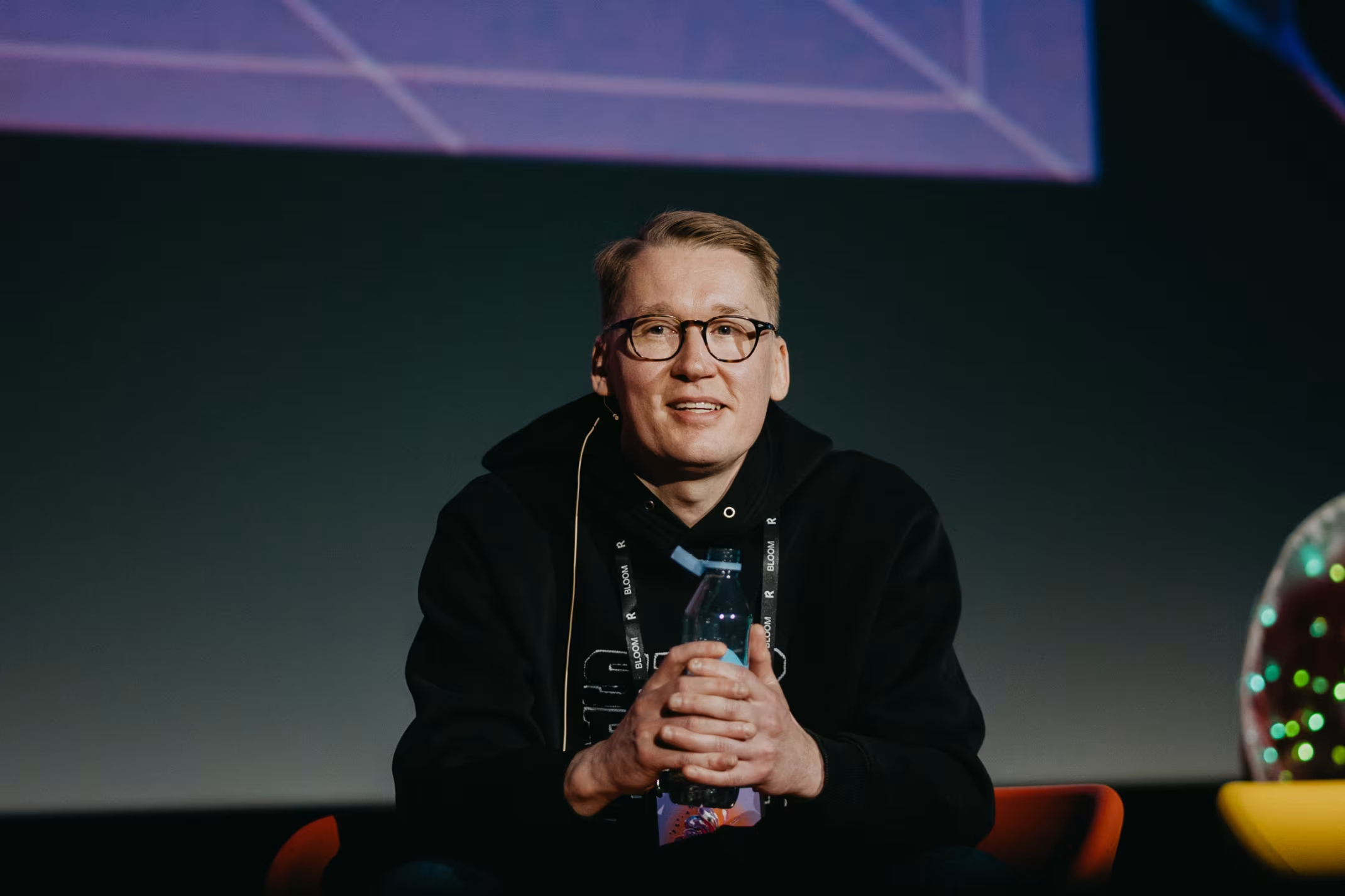
6. Comfortably uncomfortable – The road to digital innovations
At the digital innovation track, three distinct perspectives came together to show what it takes to stay competitive in a fast-moving, tech-driven world.
Aki Saarinen of Supercell opened the track with a candid reflection on sustaining innovation in a high-risk, high-reward industry. He shared how the company intentionally makes itself “comfortably uncomfortable,” embracing unpredictability to stay ahead.
From last-minute launches to bold, player-centric risk-taking, Supercell’s culture is built around ambition, empathy, and the belief that great things happen when teams dare to challenge the status quo.
From there, Metso, hosted by Allies, shifted the conversation to talent. The key to becoming a global digital leader? Don’t build everything at home. Metso’s Krakow-based Digital Design and Development Studio exemplifies how tapping into Europe’s vast talent pool enables local companies to scale globally. Their message was clear: brainpower knows no borders and accessing it is a strategic advantage, not a risk.
Closing the track, Nokia shared how it’s reimagining go-to-market strategies through its new RXRM business. The team is blending real-time streaming, 360° 5G camera tech, and SaaS models to drive recurring revenue. Their talk, hosted by Growberry, offered practical insights on transitioning from traditional business models to agile, metrics-driven ones, proving that even legacy giants can pivot fast and grow with intention.
Together, the three sessions showed that digital innovation is about making focused choices and acting on them. Whether it’s taking risks that excite your team, building where the talent actually is, or shifting how you grow revenue, each speaker offered a practical lens on what change really looks like. Or as Aki Saarinen put it, “It’s more important to rally the team behind something that excites people than to chase predictability.”
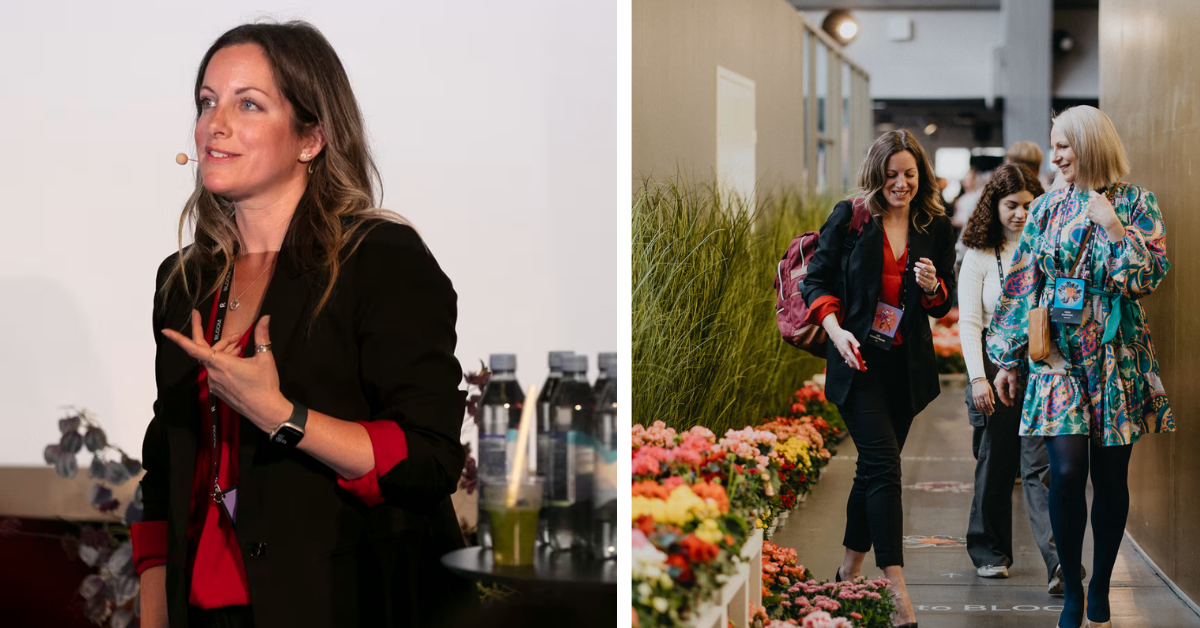
7. Customer experience as a growth accelerator
The customer experience track at this year’s BLOOM explored how smart design, clarity, and empathy can unlock meaningful growth across very different industries.
In his talk, hosted by Codemate, Erno Onatsu from Restel offered a candid look at how Burger King Finland navigated a moment of crisis by going digital-first resulting in over 50% growth in digital sales. His takeaway was clear: digital transformation isn’t optional, it’s the engine of modern growth. By focusing on customer needs, using the right tech stack, and acting fast, even legacy restaurant brands can reinvent themselves.
Liz Gaskin-Payne from IAG Loyalty shared how streamlining reward flight booking can turn complex decisions into effortless moments. Her talk, “Loyalty without the lift,” focused on reducing decision fatigue, showing how simplicity in UX design can quietly deepen loyalty and improve customer satisfaction in a high-stakes, high-choice environment.
Kristiina Kukkohovi of Visit Turku Archipelago closed the track by zooming out and reminding us that destinations, like experiences, are designed. She demonstrated how sustainability, brand, and long-term vision are strategic levers that shape demand, create cultural relevance, and fuel regional vitality.
The talks highlighted a simple truth: great customer experience doesn’t just support growth, it defines it.
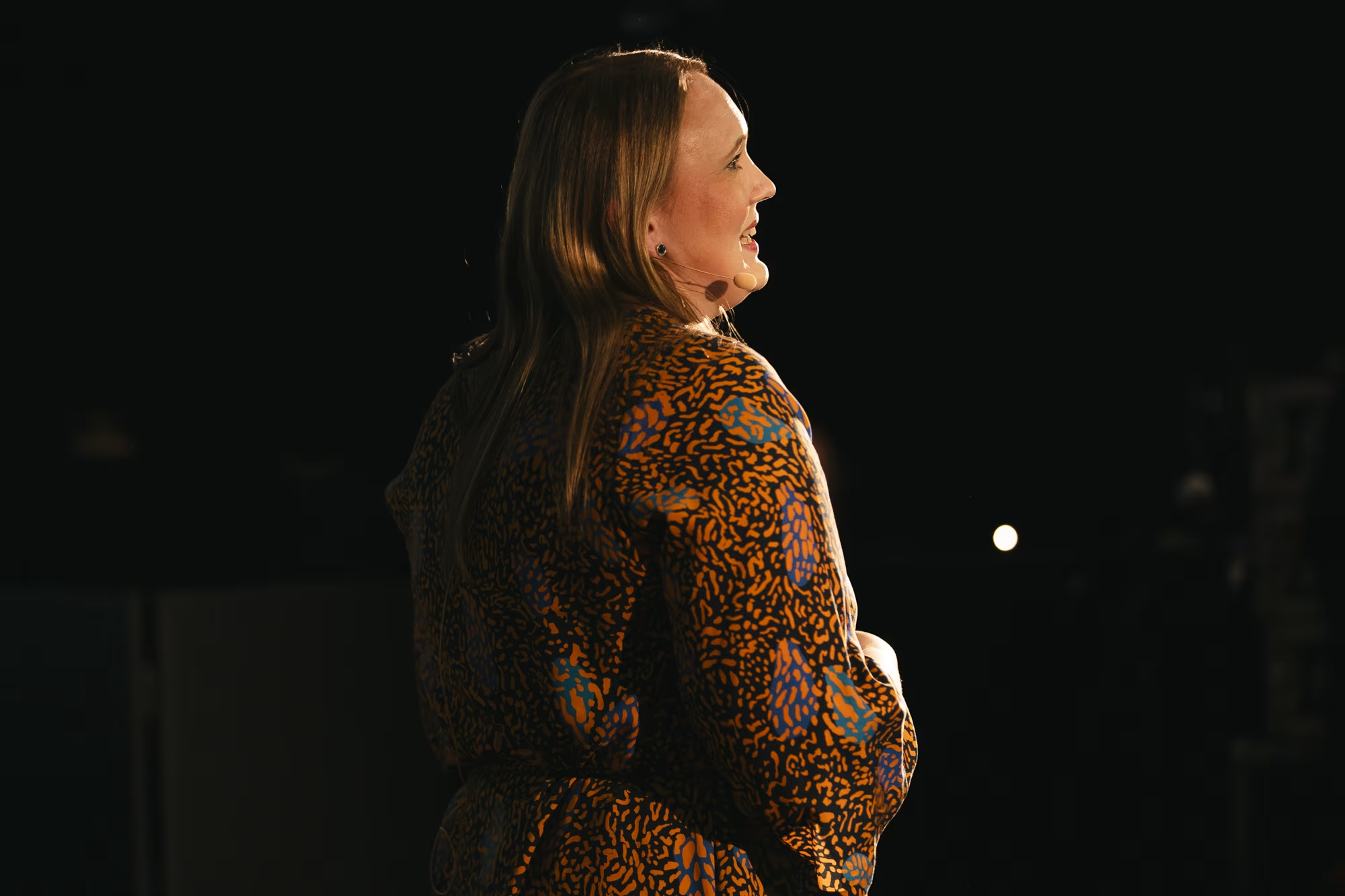
8. Scaling with intention and precision
The scale track unpacked how organizations move from ambition to sustainable, scalable impact, by aligning systems, people, and purpose.
In the Fusion Ecosystem session, leaders from Adventure Club, Mallow, Codemate, and Growberry emphasized that trust is inherently a growth strategy. Christina Herrera from Adventure Club highlighted that retention is far more cost-effective than acquisition, urging companies to turn Finland’s strength in data into customer understanding that actually drives value. The panel called for smarter growth through system alignment, thoughtful design, and knowing what not to change, because, as the panel reminded the audience, “don’t break what works.”
Emilia Ala-Kurikka, Product Lead from SOK took that principle to the grocery aisle. Their team showed how S-Group’s Foodie platform reimagined grocery shopping as an omnichannel experience, blending digital tools with physical convenience. By implementing innovations like dark stores, they addressed operational friction and set the foundation for scalable, customer-friendly growth.
Telia’s speech, hosted by Mallow, tackled another scaling challenge: turning proof-of-concept experiments into real products. Mari Yliperttula, Heikki Jantunen, and Tommi Wiren shared how cross-functional teams, continuous iteration, and clarity of vision help transform internal ideas into market-ready services. Their honest reflections on navigating technical debt and validating product-market fit offered a grounded look at scaling innovation with discipline.
Across all three talks, one theme stood out: scaling is about precision, focus, and making sure the systems behind your growth are as smart as the ideas driving it.
This article was originally published on Reaktor’s website.
Want to know more?
Connect with us.




